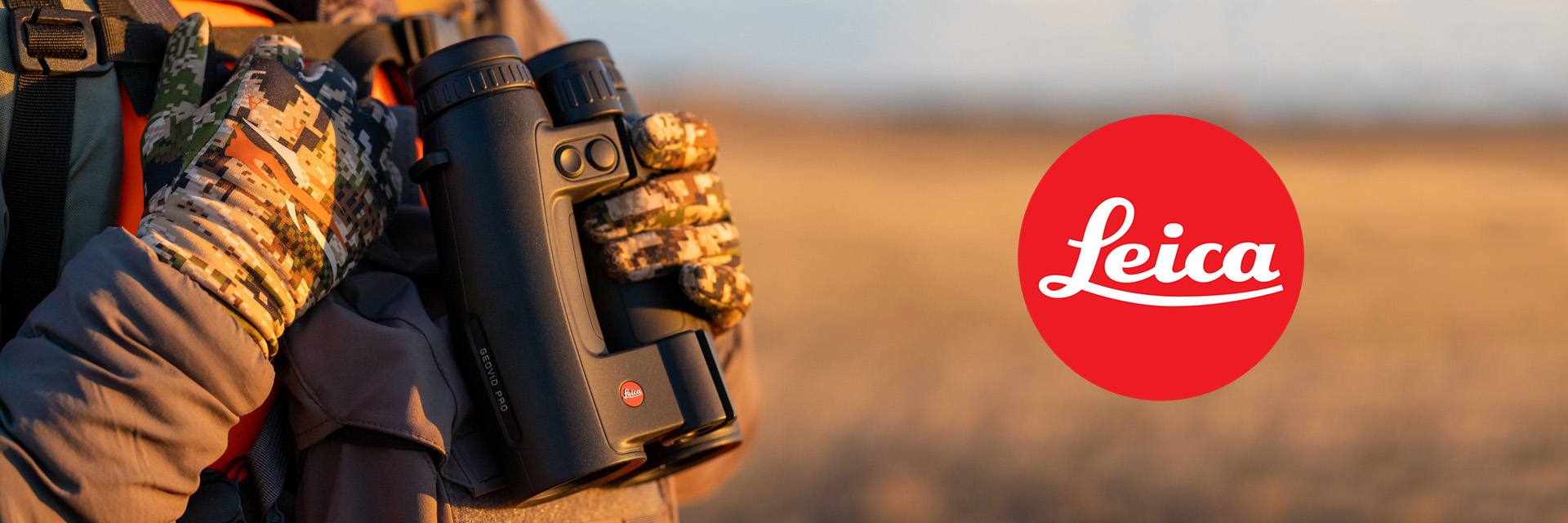Introduction
After the release of Helion 2 XP50 model earlier this year, many have waited for the XQ series to follow its big brother. Well, the waiting is over – today, Pulsar has officially announced the launch of Helion 2 XQ. XQ’s main selling point is its value-for-money performance. XP models have a superior sensor and offer a better image quality, but many people decide to go for the XQ series because of the price.
Wait … a new material for the housing?
Up to now, Helion devices have featured a polymer housing. Even though these devices are quite robust, many have wondered whether Pulsar would upgrade the housing, considering that the lower-priced Axion boasts a magnesium body. It has finally happened – The new Helion XQ 2 models come in a brand-new magnesium body, making them not only more rugged and resistant to shock, but also elegant and aesthetically appealing. Does that mean that Pulsar is going to upgrade the body on Helion 2 XP models as well? Most likely, yes – probably in the first half of 2021.

An improved sensor and display
The most important upgrade is hidden within the magnesium body. Even though the resolution (384×288) and pixel pitch (17 µm) remain the same, the NETD (Noise Equivalent Temperature Difference) has been improved (from <60 mK to <40 mK) The device is now capable of detecting temperature differences even lower than before, which is best seen in adverse weather conditions such as rain, fog, and during low temperatures. The lens is made of germanium.
The display is of the AMOLED type, meaning that you can use it even in extreme temperatures as low as –25 °C. The difference from the first generation is in the resolution. Helion 2 XQ models have a display resolution of 1024×768 while the older models were equipped with a 640×480 display. The image is clearer thanks to the increase in the number of pixels.

Familiar features
No changes have been made to the form factor of the device, presumably because it has no major disadvantages. It runs on an IPS7 battery which is included in the box. You can expect up to 7 hours of battery life. A bigger battery is also available (IPS14). Getting a spare battery is not a bad idea as you can replace it in a matter of seconds if it dies while you are in the field. A removable battery is one of the main advantages of Pulsar devices over the competitive ones.
XQ models can capture images, record photos, and feature Wi-Fi connectivity, so that you can connect them to the smartphone app Stream Vision. Once the app is installed, you can stream the image of the monocular to the phone’s screen in real time, change settings, view and share photos and videos, update the device, etc.
You do not have to worry if Helion 2 XQ falls into water by mistake as it is IPX7 certified, meaning that it can remain submerged in one meter of depth for 30 minutes without sustaining any damage. The refresh rate is 50 Hz.
Many useful features which were available on the first-generation models are still here – Display off, Picture in Picture mode, stadiametric rangefinder, various colour modes, etc. In the menu, you can turn on the ‘Image detail boost’ option for a better image clarity.

Model range
As for now, two models have been presented to the public:
- Helion 2 XQ38
- Helion 2 XQ50
With Helion, the number has always referred to the lens diameter in millimeters up to now. Whereas this is still the case with Helion 2 XQ50, Pulsar went for the 35mm lens in the Helion 2 XQ38 model. These models differ in the base magnification (XQ38 has a base magnification of 3x, XQ50 of 4.5x). For this reason, the field of view is wider on the models with a lens diameter of 35 mm (because of the 35mm lens, the field of view of Helion 2 XQ38 is even wider than that of XQ38 gen I models). XQ38 has a detection range of 1350 m whereas the model with the bigger lens detects heat up to 1800 m of distance. There is a slight difference in weight – the 38-model weighs 450 grams, the 50-model is 50 grams heavier.
The prices of the Helion 2 XQ38 and XQ50 models are 2290 € and 2490 €, respectively. You are given a 3-year warranty period when you purchase a Helion 2 XQ.

Conclusion
Pulsar has now filled the gap between Axion and Helion XP devices, targeting those who want a quality thermal device available at a consumer-friendly price point. The all-new magnesium housing goes well with the quality interior. Even though Pulsar keeps on perfecting their devices, the prices of their thermals have never been as cost-effective as they are now.
The shipping starts at the end of November & beginning of December.
Picture gallery






The new XQ38F has now a 35mm f/1.0 lens despite its name. That is why its FOV has become wider from 9.8° to 10,7°.
Mark, thanks for pointing that out! I will add it.